-
CATEGORY ::
- All Seeds /
- All Flower Seeds
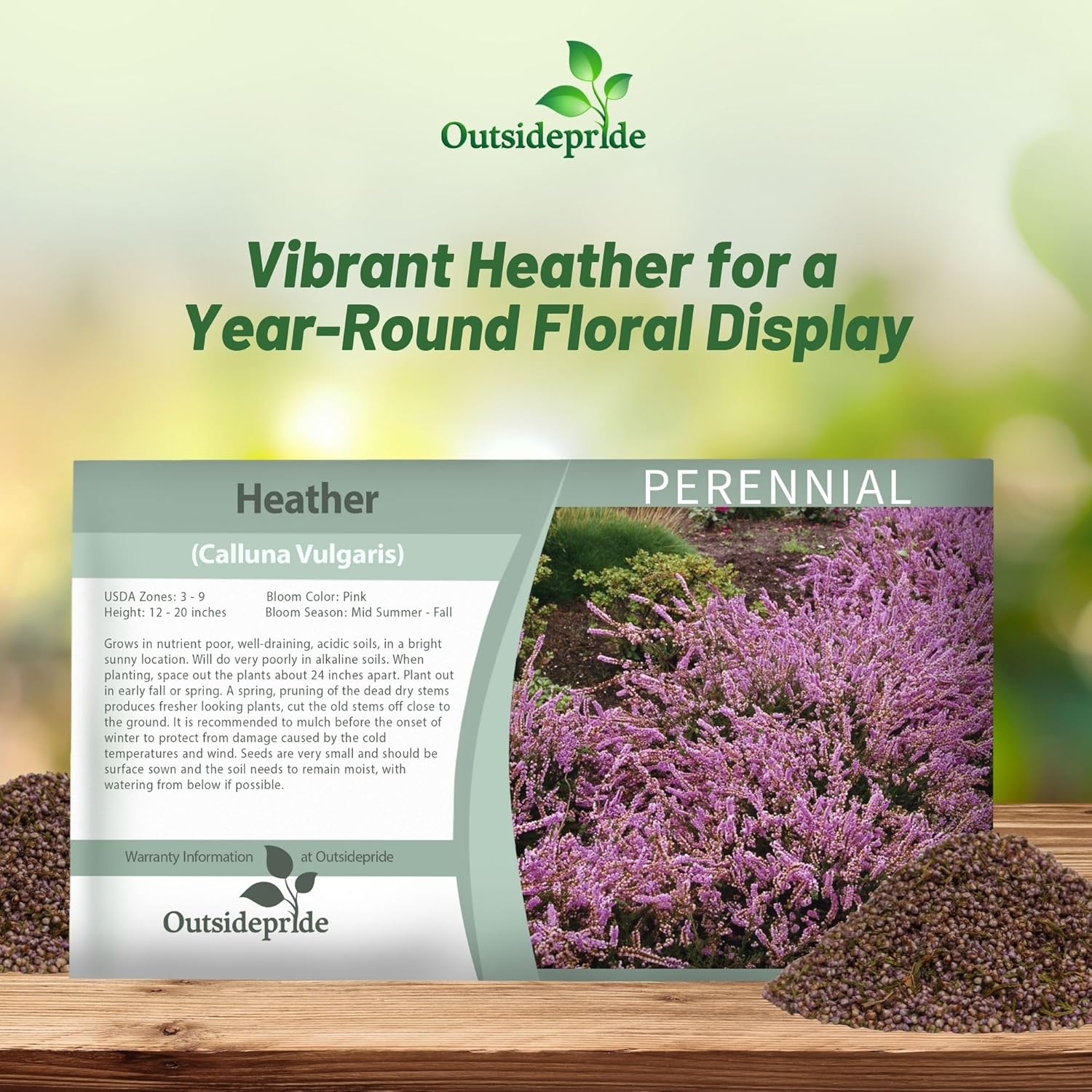

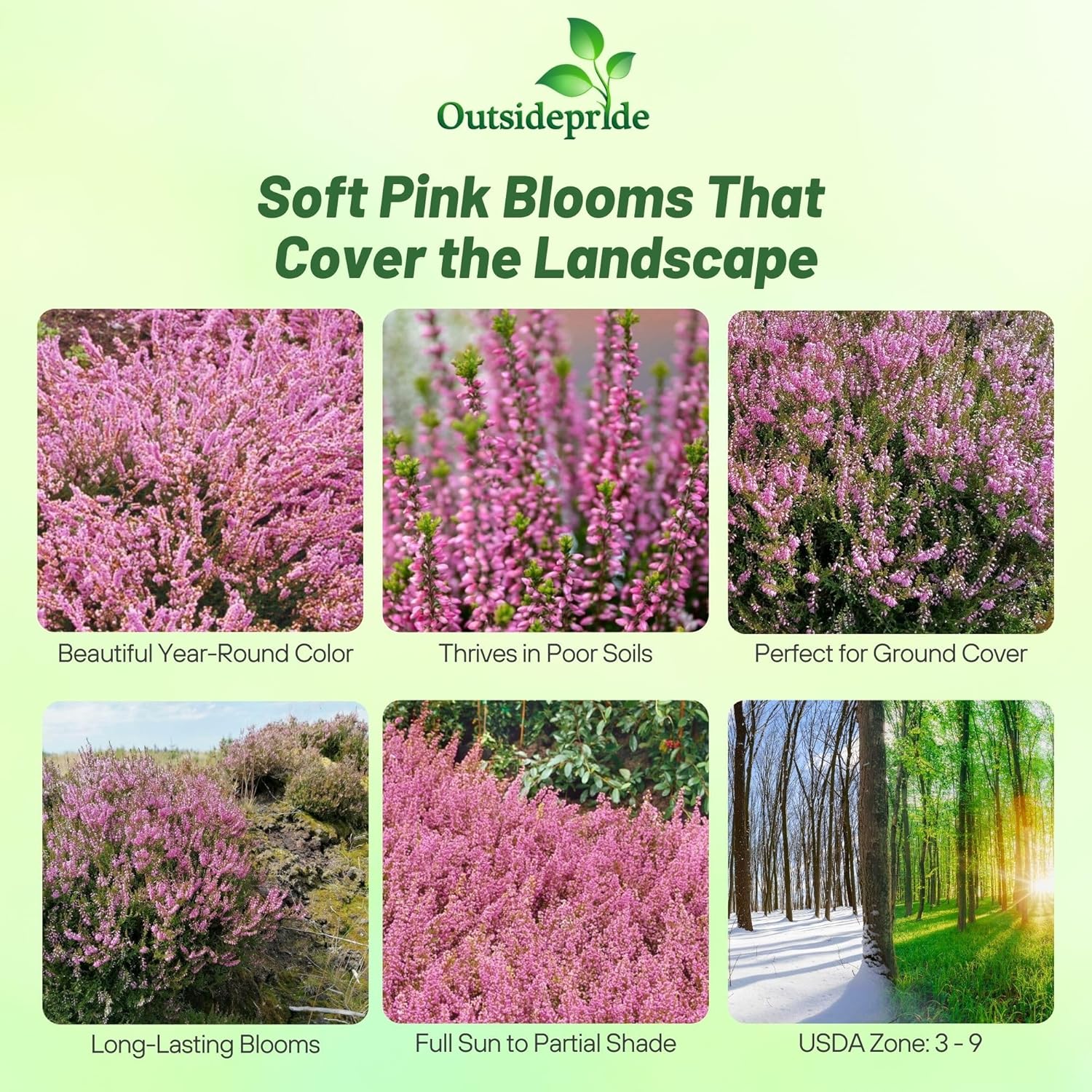
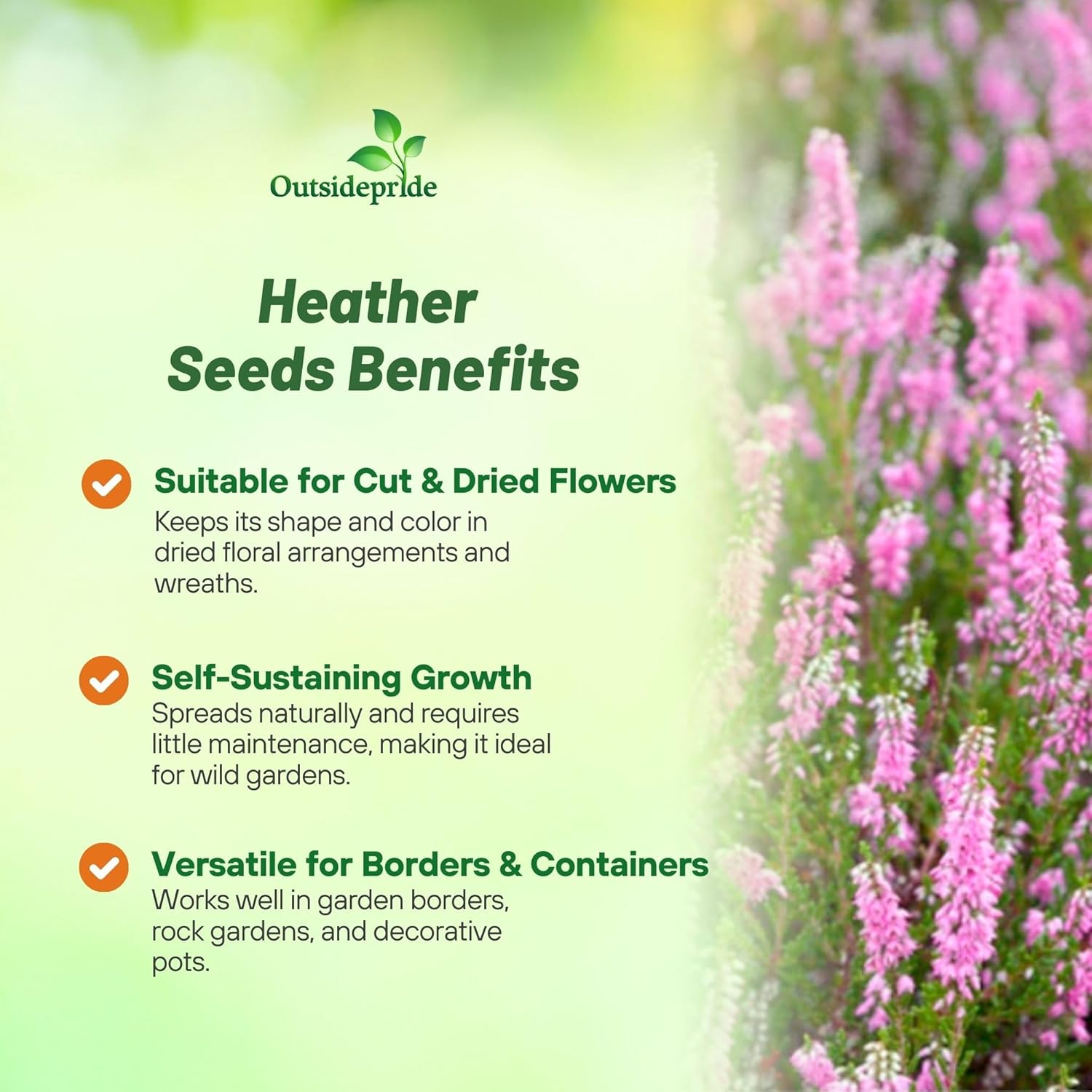
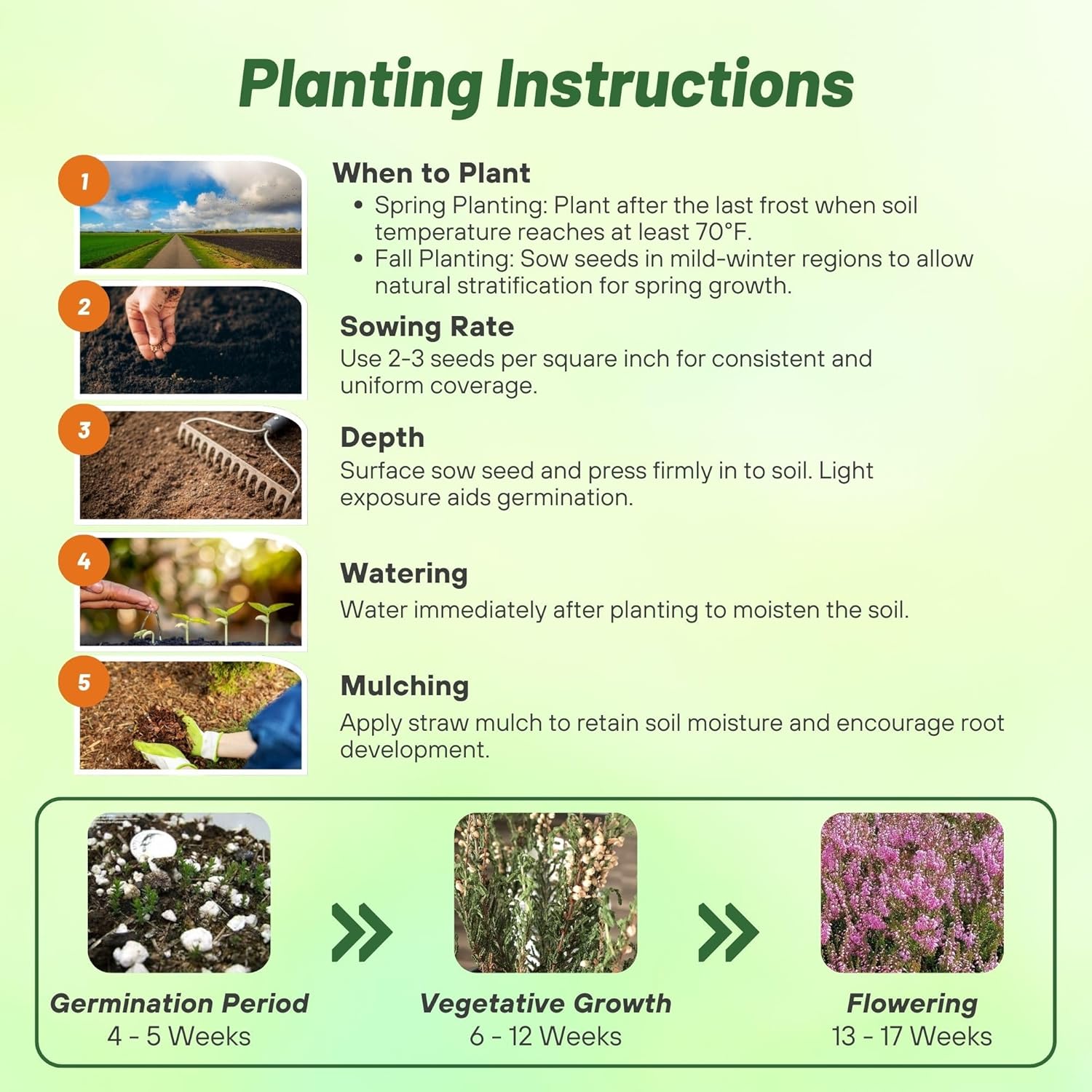
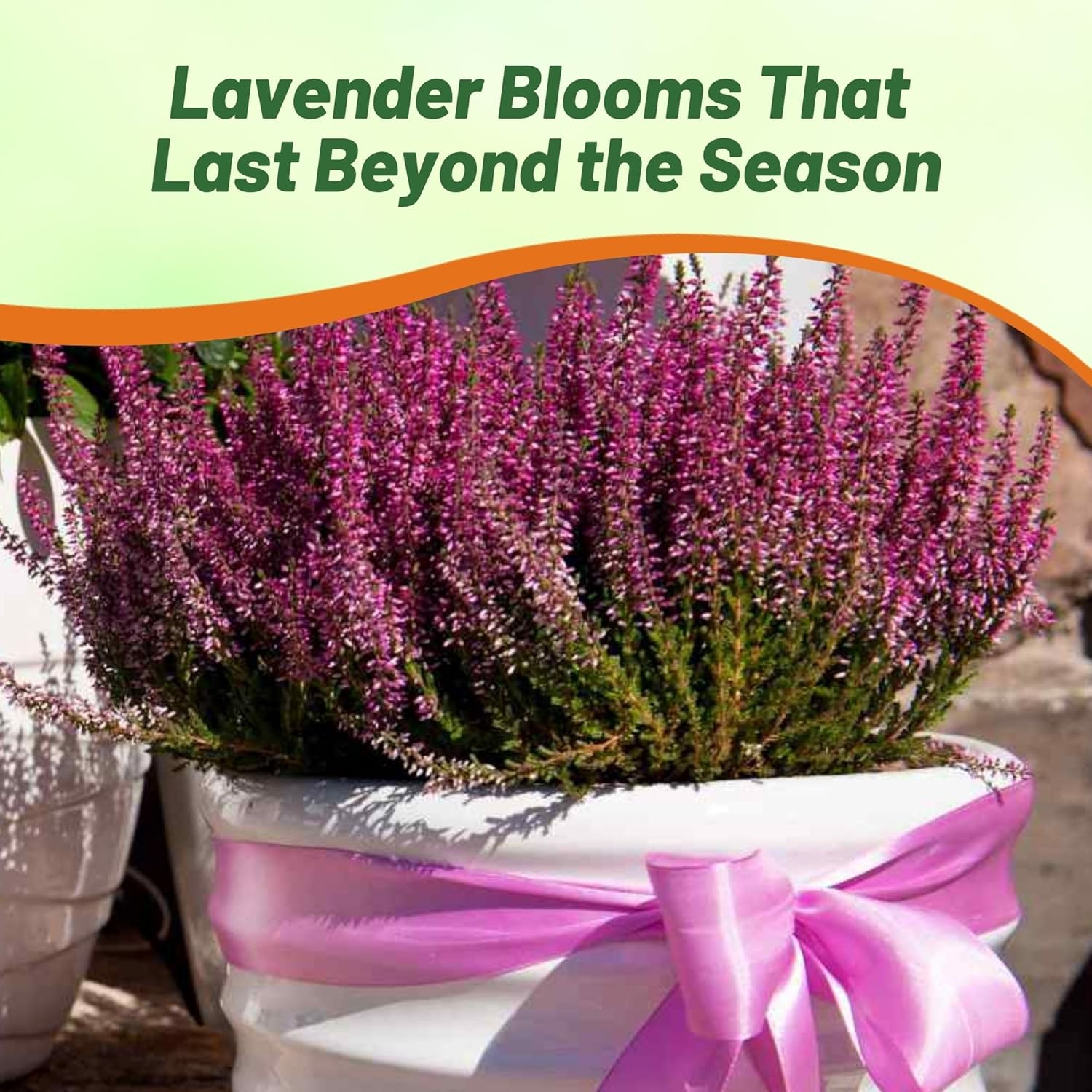
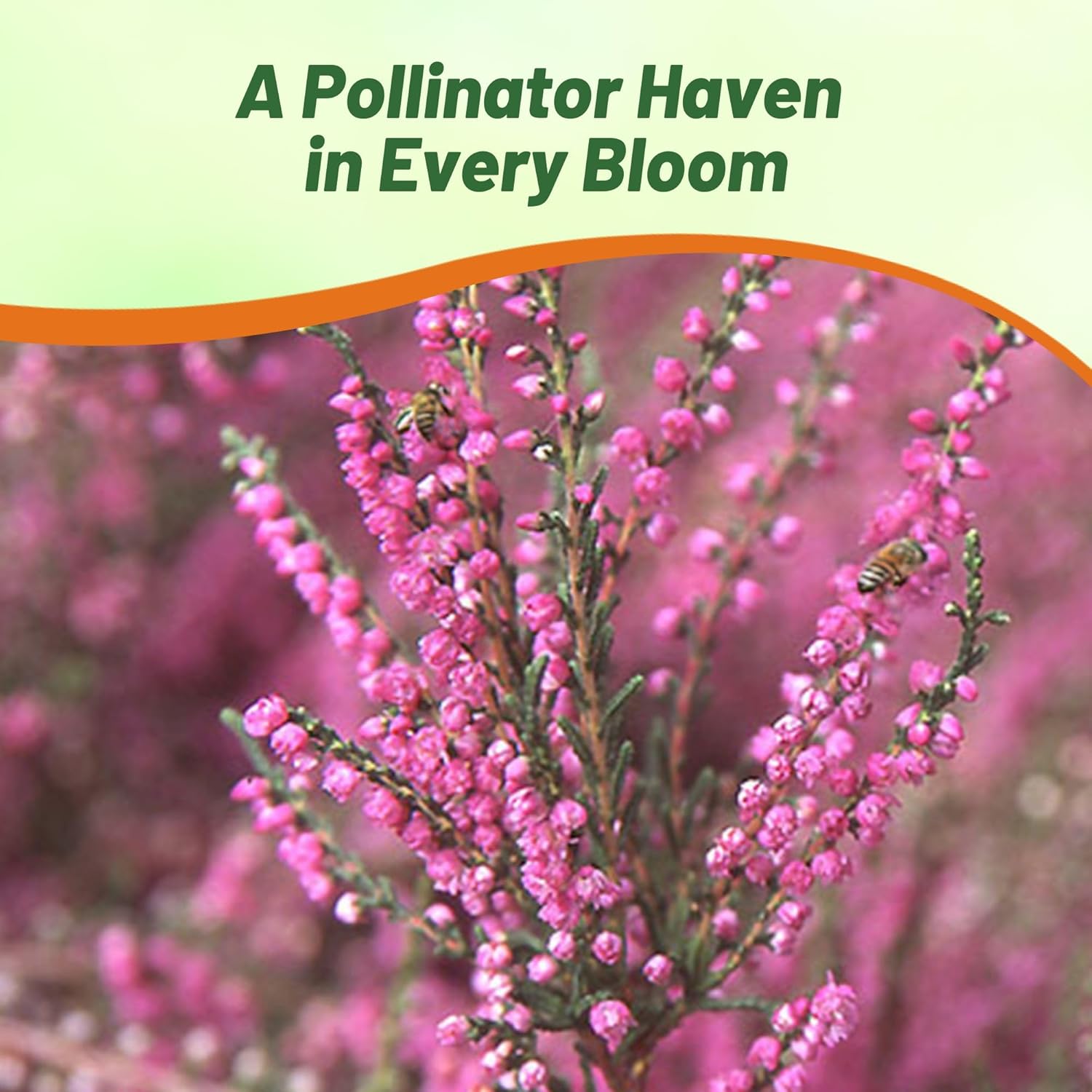

Heather Seed
About...
Heather (Calluna Vulgaris) - Scotch heather, an evergreen ground cover or low shrub for sun, blooms during late summer in various shades of red or pink. Heather thrives in USDA zones 3 to 9. This low-growing shrub definitely demonstrates year-round beauty, whether from its abundant summer blooms or its ever-changing foliage.MORE FLOWER OPTIONS
Planting Directions
TEMPERATURE
55 - 70F
AVERAGE GERM TIME
28 - 35 days
LIGHT REQUIRED
Yes
DEPTH
Surface sow seed and press firmly in to soil
SOWING RATE
2 - 3 seeds per plant
MOISTURE
Keep seeds moist until germination
PLANT SPACING
24 inches
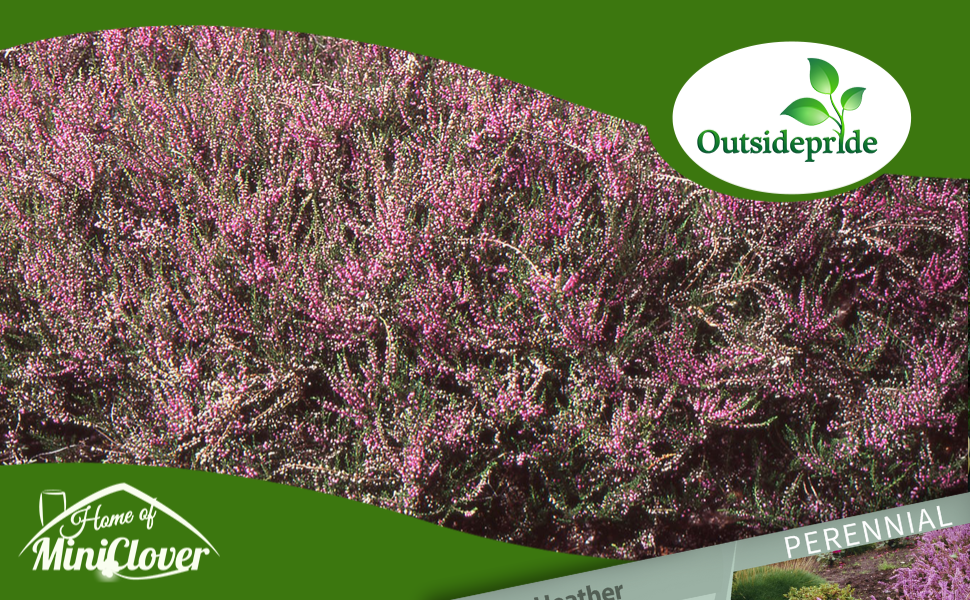
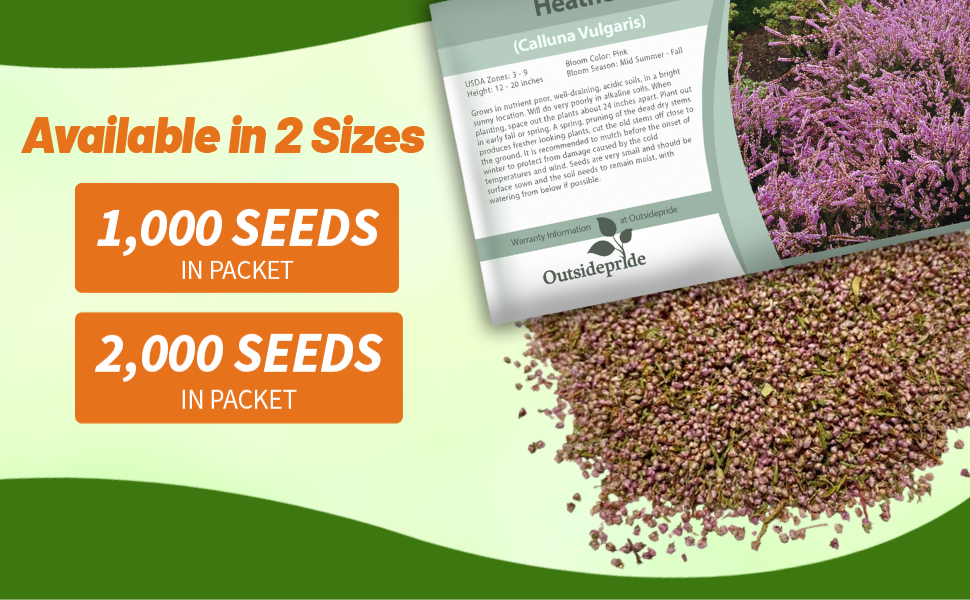
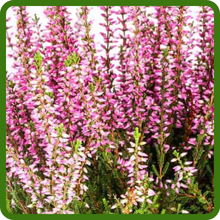
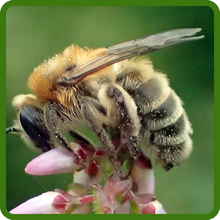
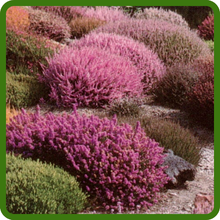
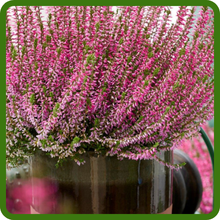
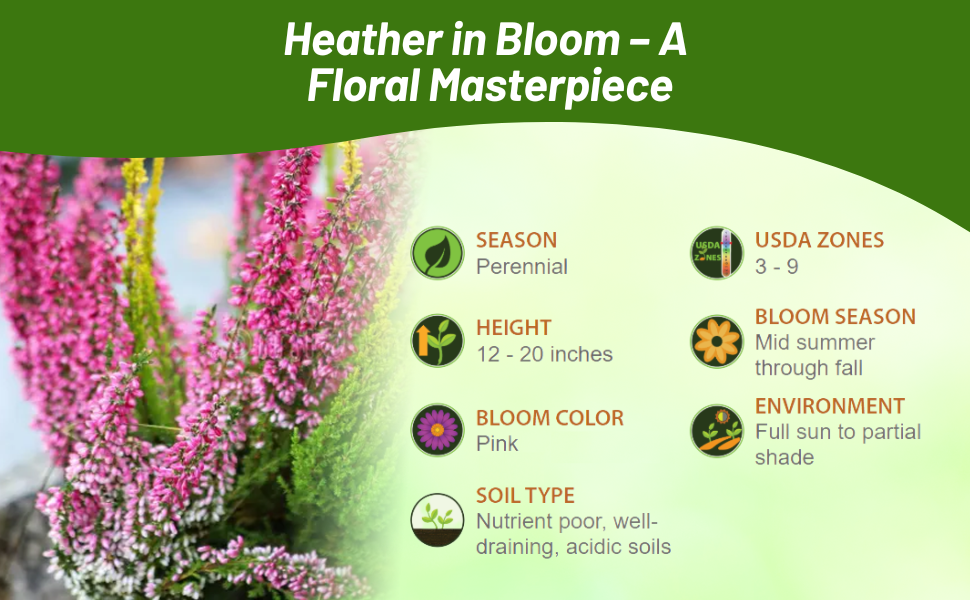

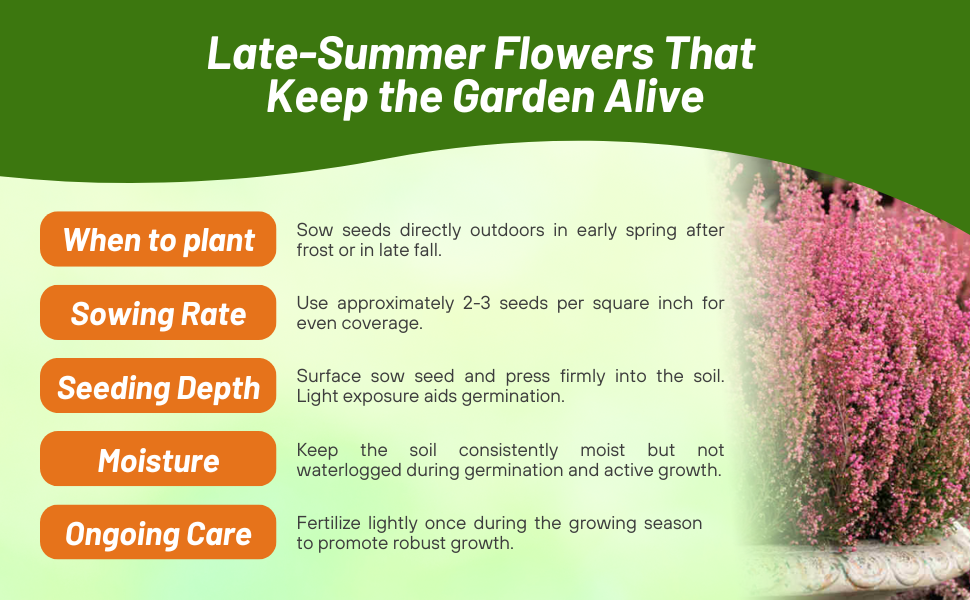
Heather (Calluna Vulgaris) - Scotch heather, an evergreen ground cover or low shrub for sun, blooms during late summer in various shades of red or pink. Heather thrives in USDA zones 3 to 9. This low-growing shrub definitely demonstrates year-round beauty, whether from its abundant summer blooms or its ever-changing foliage. Heather works great for use in sun-soaked garden spots from the border to along the driveway. You can even plant heather in a pot and grow as a house plant!
Heathers grow in nutrient poor, well-draining, acidic soils, in a bright sunny location. Calluna vulgaris will do very poorly in alkaline soils. When planting in the ground, space out the plants about 24 inches apart. Plant out in early fall or spring. A spring, pruning of the dead dry stems produces fresher looking plants, cut the old stems off close to the ground. It is recommended to mulch before the onset of winter to protect from damage caused by the cold temperatures and wind. Heather seeds are very small and should be surface sown and the soil needs to remain moist, with watering best done from below if possible.
Common Questions
Where should I plant heather?
Heather shrubs thrive in poor, rocky soil and can withstand salt spray, making them ideal for coastal hillsides. Shorter varieties work well as ground covers or in rock gardens, while taller types can be planted in rows to create borders.
Is heather toxic to pets?
No, fortunately, heather is not toxic to either people or animals.
My heather foliage is turning brown, what is wrong?
If the leaves of your heather plant are turning brown, check if they feel dry and brittle as this could indicate the plant is in distress. To determine its health, snap off a single stem. A pliable, green or white interior indicates life, while easy breakage suggests the plant may be dying or dead. Sudden death during the growing season often points to root rot. In this case, remove the plant, avoid replanting heather in the same area for a few years, and dispose of the affected plant. If the plant shows signs of life but has drainage problems, uproot it and examine the roots. Trim any dark brown or black areas with sanitized scissors, treat with an antifungal solution, and replant in well-draining soil in a different location to potentially revive the plant.
Do I need to deadhead my flowers?
You do not need to deadhead heather. You can clip off flower spikes as they fade to encourage new growth.
Planting Directions
TEMPERATURE
70 - 75F
AVERAGE GERM TIME
21 - 28 days
LIGHT REQUIRED
Yes
DEPTH
Do not cover the seed but press into the soil
SOWING RATE
4 seeds per plant
MOISTURE
Keep seed moist until germination
PLANT SPACING
10 inches
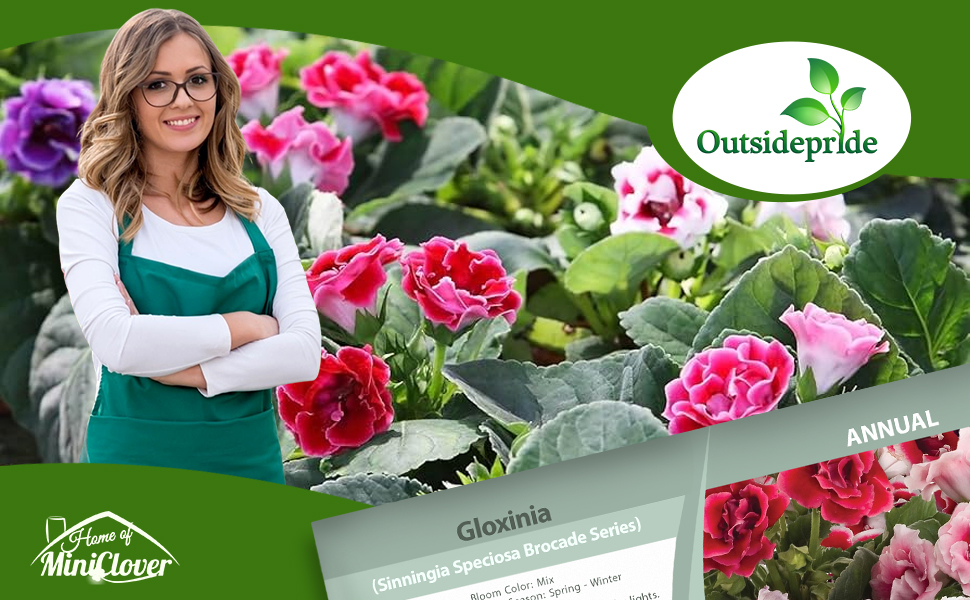
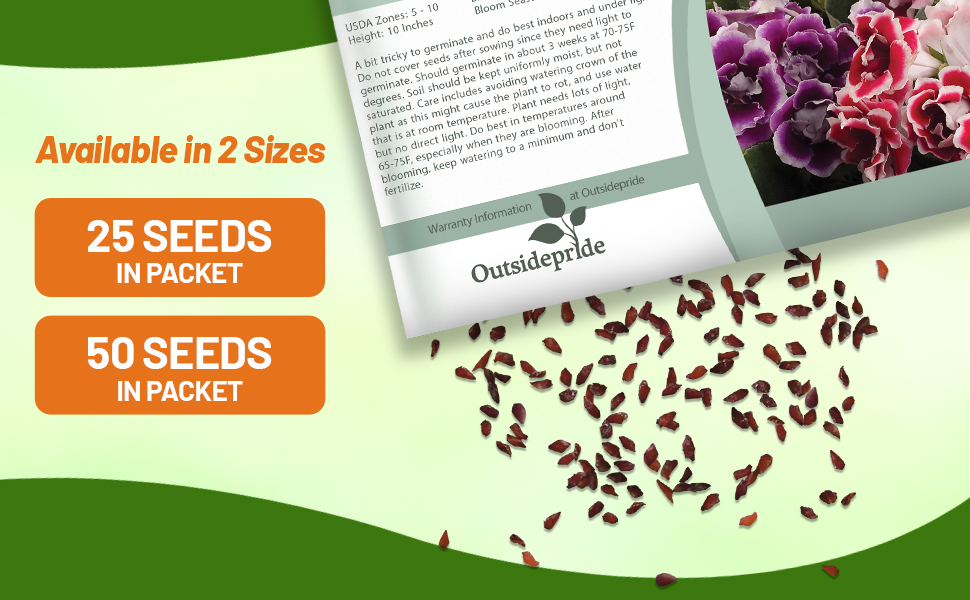
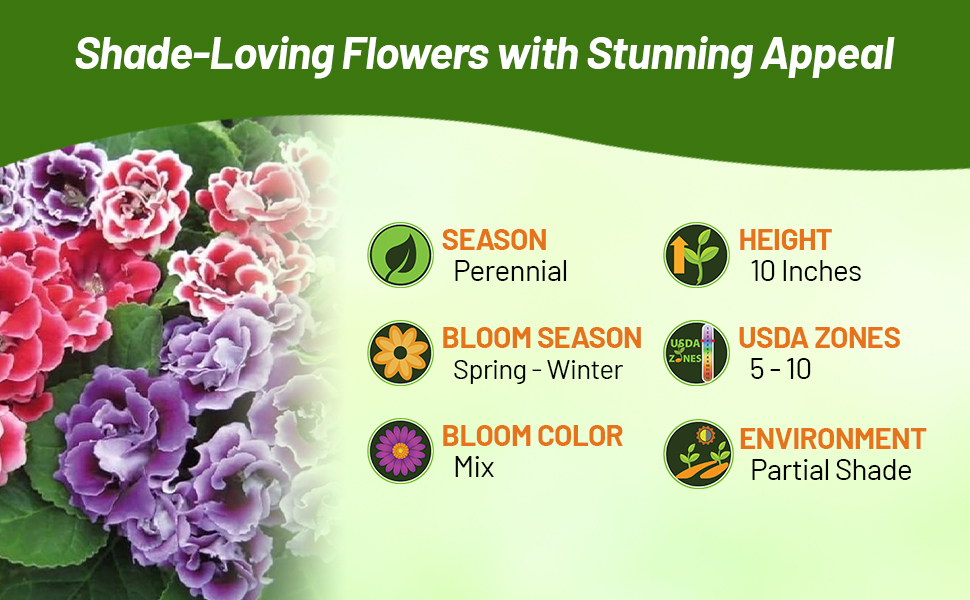
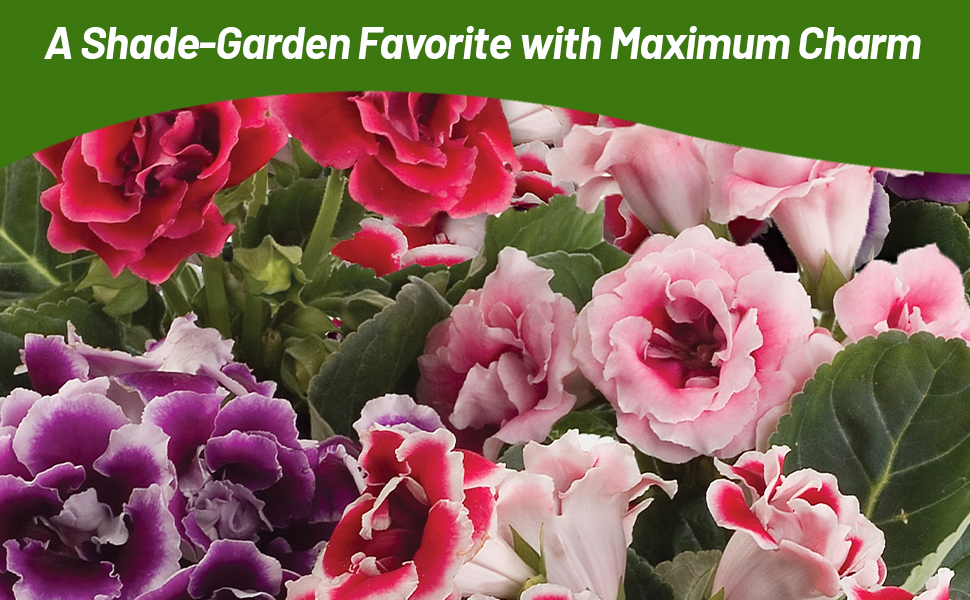
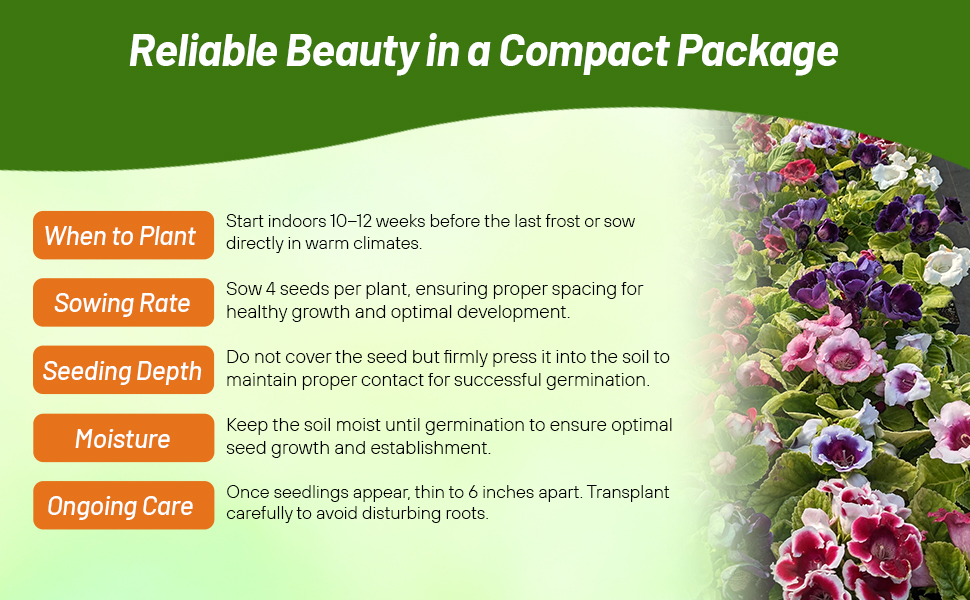
Gloxinia (Sinningia Speciosa Brocade Series) - Sow Gloxinia seeds to produce a beautiful mixture of red, blue, and white blooms. These compact Gloxinia plants blossom four to six months after sowing. They will flower for about 2 months, go dormant for about 2 months, and then begin growing again and start flowering. Gloxinias make a great house plant, giving wonderful, colorful blooms! Sinningia Speciosa is often referred to as Florist's Gloxinia or Brazilian Gloxinia.
Gloxina seeds are a bit tricky to germinate and do best indoors and under lights. Do not cover the flower seeds after sowing since they need light to germinate. Sinningia Speciosa seeds should germinate in about 3 weeks at 70 - 75F degrees. Soil should be kept uniformly moist, but do not keep it saturated. Florist's Gloxinia care includes avoiding watering the crown of the plant as this might cause the plant to rot, and use water that is at room temperature for watering. The Brazilian Gloxinia plant needs lots of light, but no direct light. Gloxinias do best in temperatures around 65 - 75F degrees, especially when they are blooming. After blooming, keep watering to a minimum and don't fertilize.
Common Questions
Do I need to prune my gloxinia?
To encourage a longer bloom season, you will need to deadhead your spent flowers. After the bloom period is over and your plant enters dormancy, prune back any dead or dying foliage.
My leaves are dropping, what do I do?
This can occur from sudden temperature changes such as drafts.
My leaves look scorched, why?
Direct sunlight can burn the leaves of your gloxinia, causing them to scorch and crisp.
My flowers are losing their vibrancy, what do I do?
This is typically caused by inadequate light move your plant to an area with more light but not direct sunlight.
Planting Directions
TEMPERATURE
55 - 65F
AVERAGE GERM TIME
14 - 21 days
LIGHT REQUIRED
Yes
DEPTH
Surface sow seed and light cover no more than 1/8 inch deep
SOWING RATE
3 - 5 seeds per cell or approximately 5000 seeds covers 100 square feet
MOISTURE
Keep seeds moist until germination
PLANT SPACING
8 inches
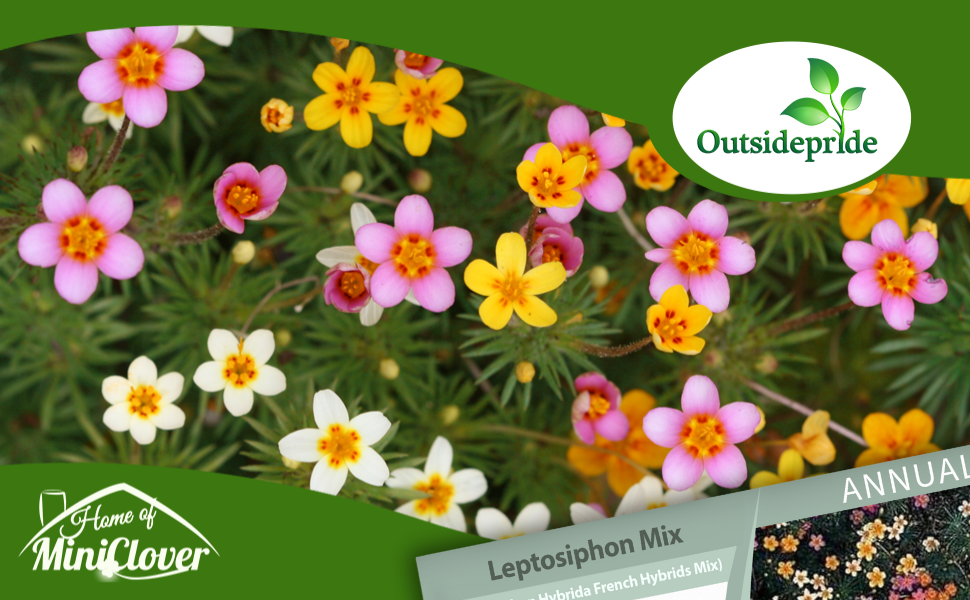
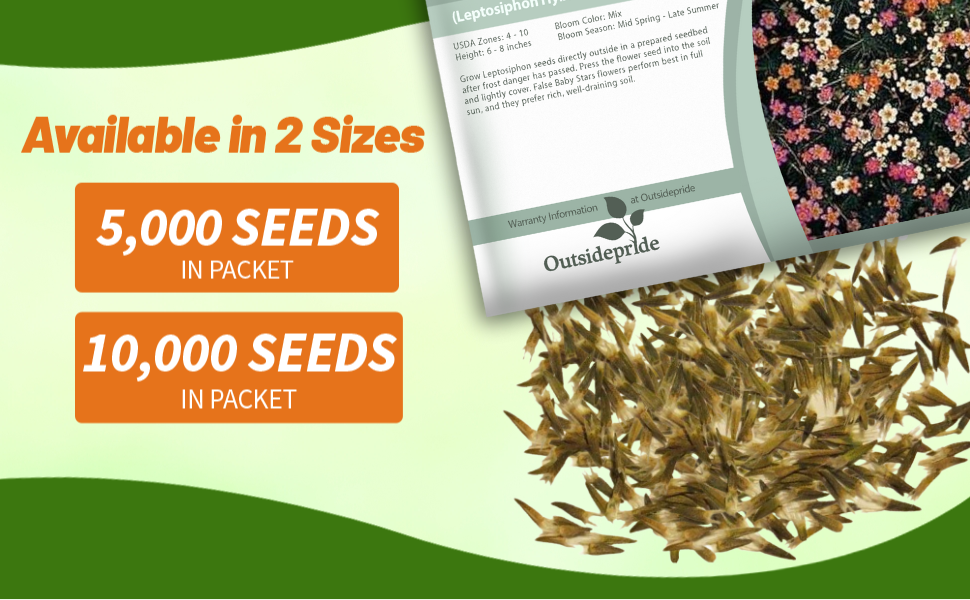
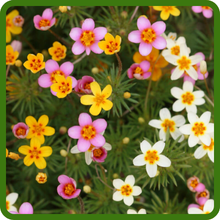
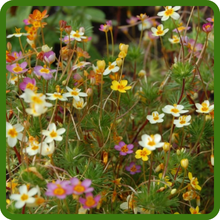
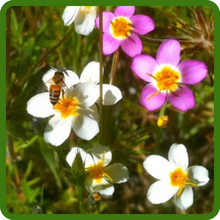
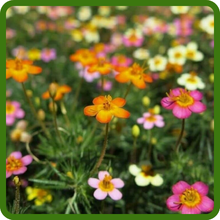
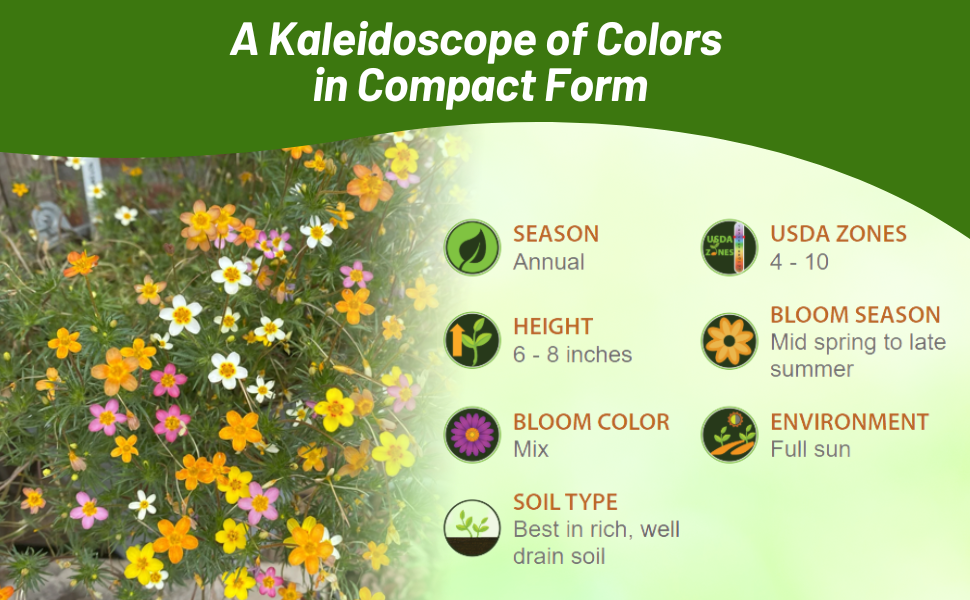
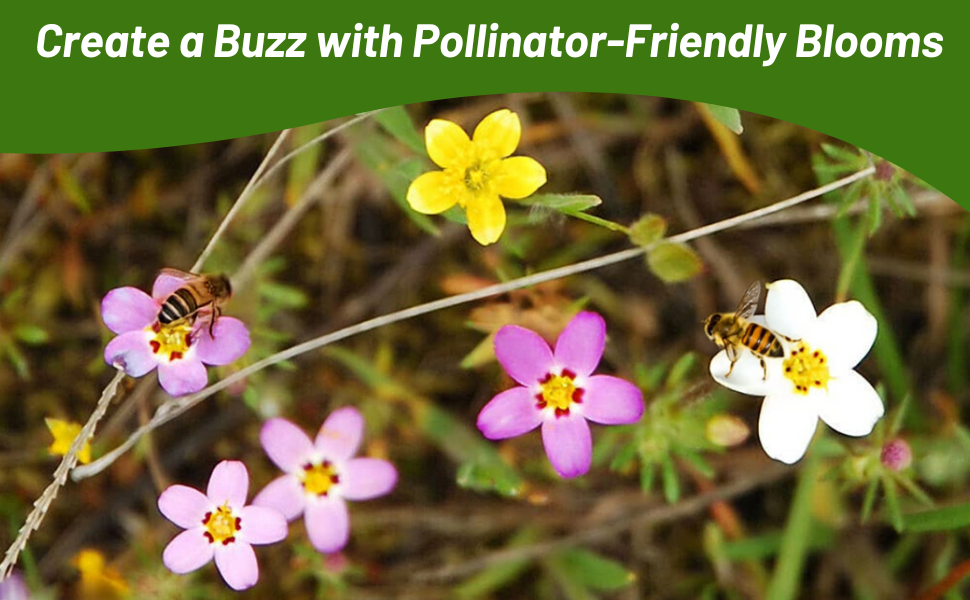
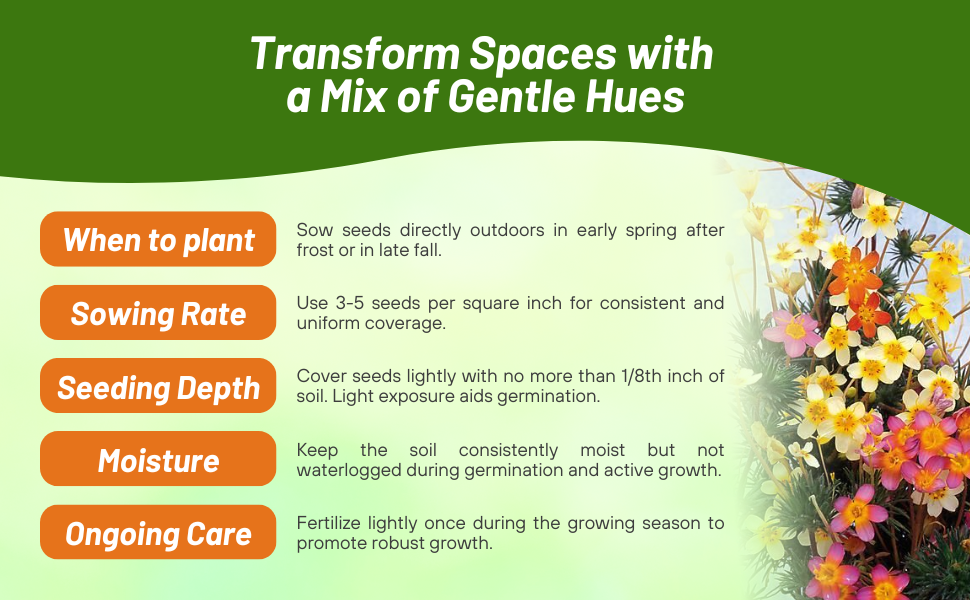
Leptosiphon Mix (Leptosiphon Hybrida French Hybrids Mix) - Start Leptosiphon seeds to start these dainty little flowers. Leptosiphon French Hybrids has the synonymous botanical name Linanthus androsaceus. This low-growing annual has fern-like foliage and hundreds of sweet little half inch star-shaped flowers that shine out from the foliage. The colors are mixed and bright in shades of rose, yellow, orange and cream. Leptosiphon uses include edging the front of the flower bed, containers, edging a pathway, or as a ground cover. Commonly known as False Baby Stars, this annual is lovely if it is allowed to spill over the edges of rocks or containers. It makes a carpet of color and is stunning!
Grow Leptosiphon seeds directly outside in a prepared seedbed after frost danger has passed. Press the flower seed into the soil and lightly cover. False Baby Stars flowers perform best in full sun, and they prefer rich, well-draining soil.
Common Questions
Can I use leptosiphon in containers?
Yes, these little flowers will do well in a container.
What are some good ways to use this plant around my landscape?
These cute little flowers are an excellent choice for the front of your beds, in containers, butterfly gardens, cottage gardens, prairies or planted along a pathway.
Are pollinators attracted to this flower?
Yes, butterflies enjoy leptosiphon.
Planting Directions
TEMPERATURE
73F
AVERAGE GERM TIME
14 - 21 days
LIGHT REQUIRED
Yes
DEPTH
Surface sow seed and press in to soil
SOWING RATE
7 - 8 seeds per plant
MOISTURE
Keep seeds moist until germination
PLANT SPACING
18 - 24 inches
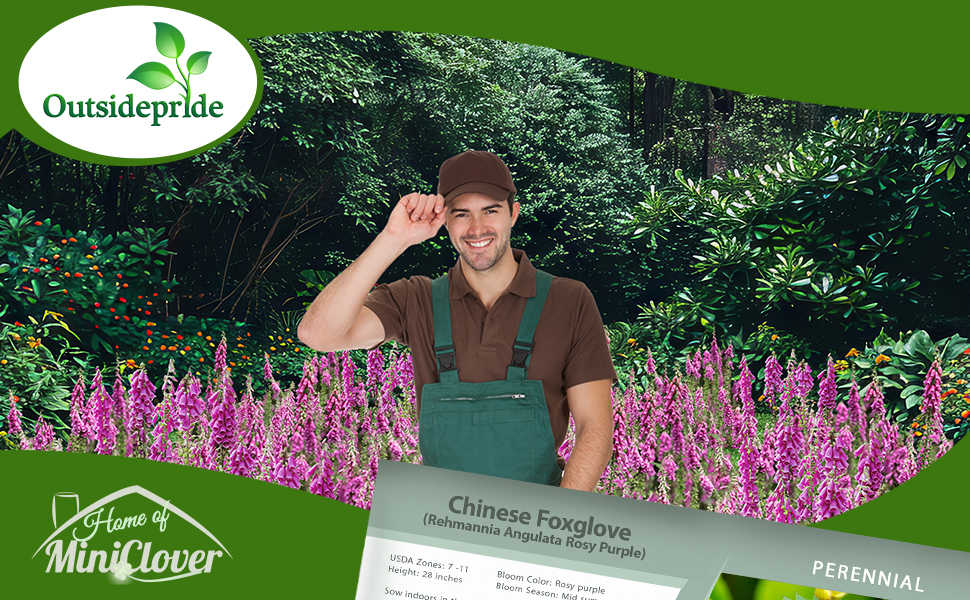
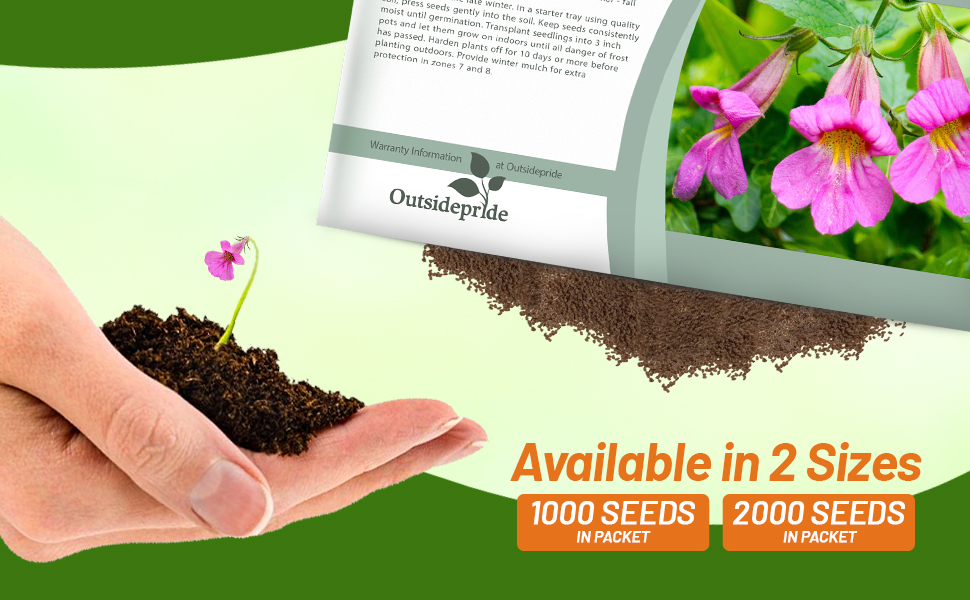
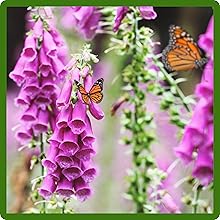
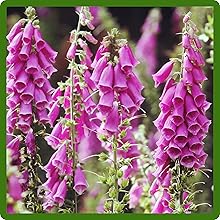
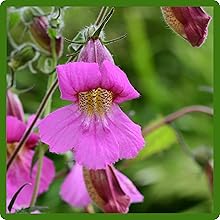
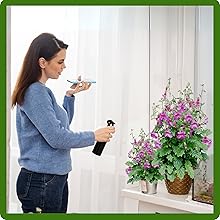
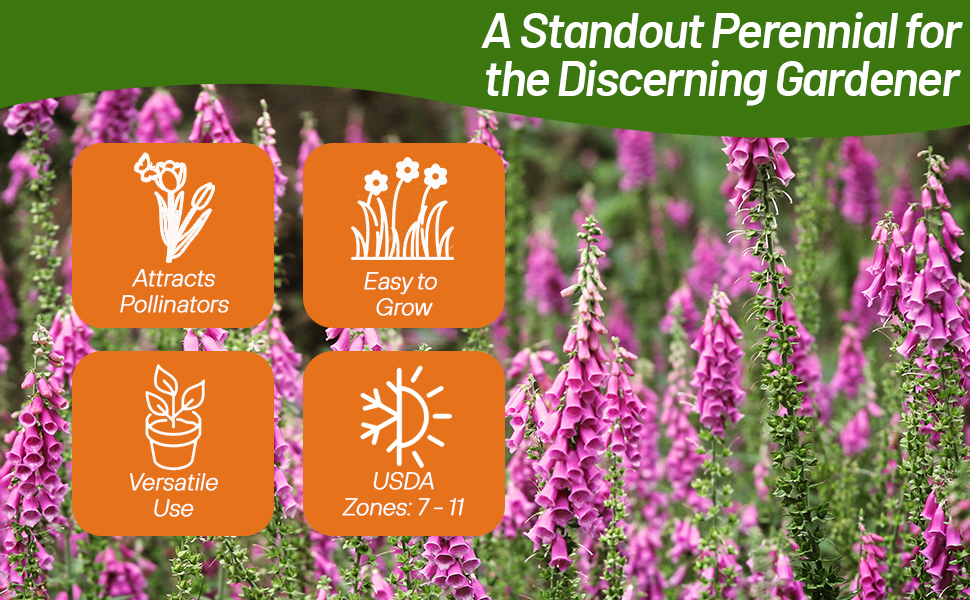
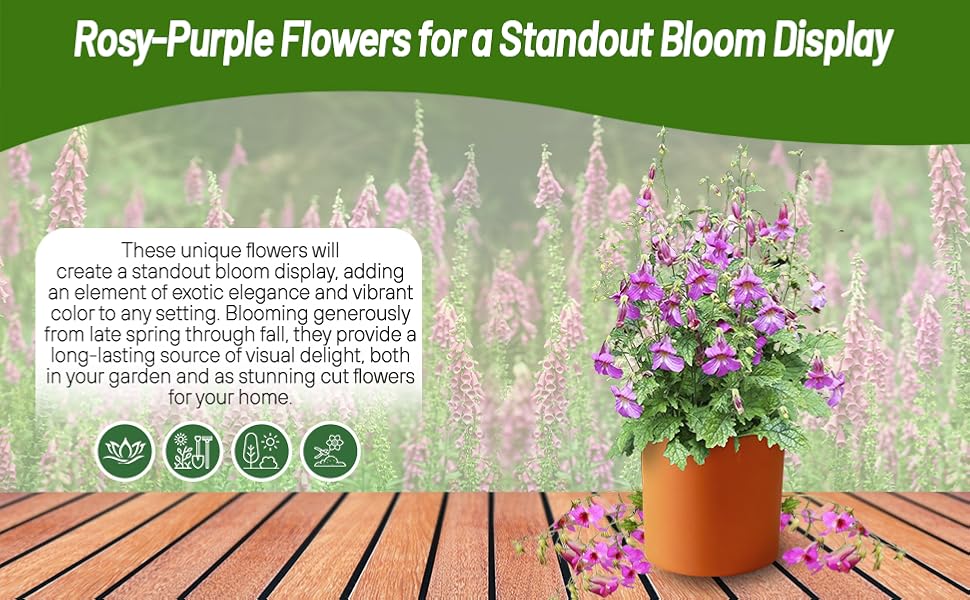
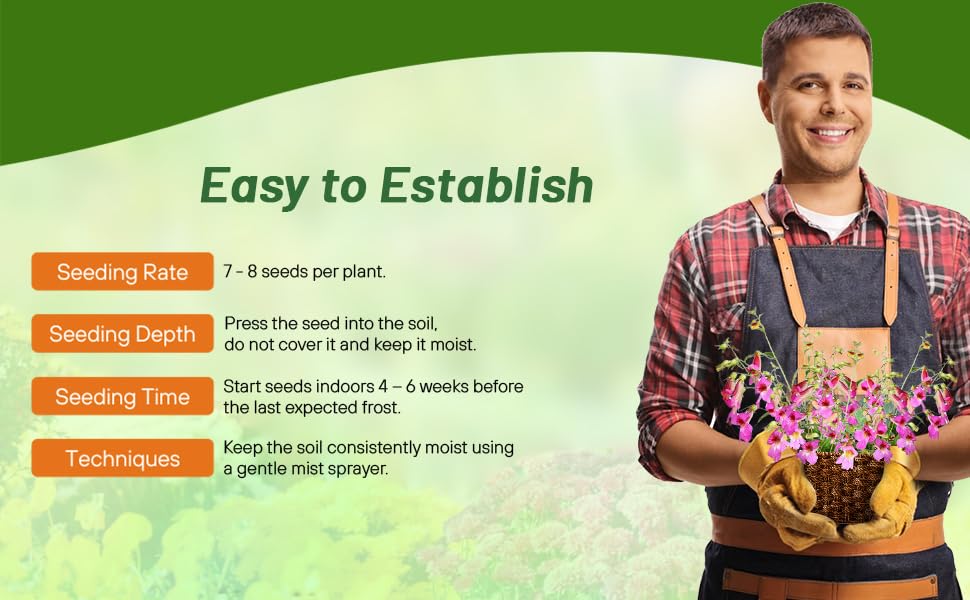
Chinese Foxglove (Rehmannia Angulata Rosy Purple) - Rehmannia Angulata seeds can be grown as annuals in all climates and as perennials in USDA zones 7 - 11. Commonly referred to as Chinese Foxglove, this beauty does well in full sun or partial shade, and the Chinese Foxglove plants continuously produce large, foxglove-like flowers from late spring through fall. The flowers can measure 2 - 3 inches across and are rosy purple with spotted throats. Chinese Foxglove is great in the flower border, and the flowers are nice for cutting. A synonymous botanical name is Rehmannia elata.
How To Grow Chinese Foxglove From Seeds: Sow the Rehmannia Angulata seeds indoors in the late winter. In a starter tray using quality soil, press the flower seeds gently into the soil. Keep the Chinese Foxglove seeds consistently moist until germination occurs. Transplant the Chinese Foxglove seedlings into 3 inch pots and let them grow on indoors until all danger of frost has passed. Harden the Chinese Foxglove plants off for 10 days or more before planting outdoors. Provide winter mulch for extra protection in zones 7 and 8.
































